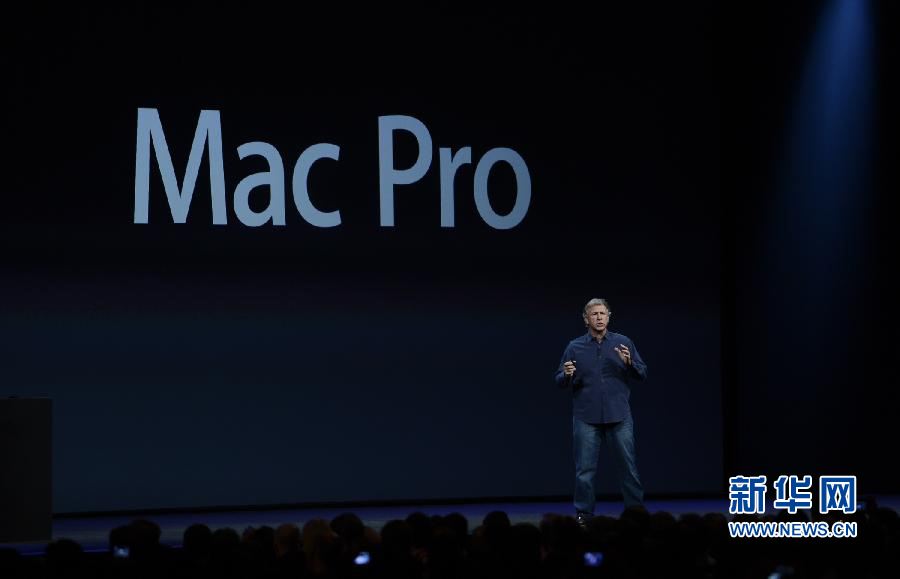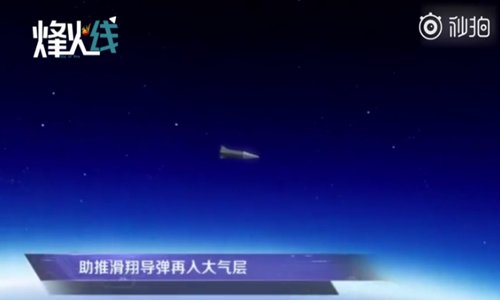(Peoples Daily)08:19, July 03, 2019![]()
The @China global short video contest, sponsored by the Peoples Daily, is underway. The contest is accepting work from short video creators, enthusiasts, and vloggers worldwide from June 18 to August 15. Candidates can enter by logging on to the contests official website (hellochina.pdnews.cn) and submit a 3-minute or less video.
The contest will run from June to September and is divided into multiple stages including submission gathering, judge evaluation, public viewing, and outstanding work recognition. Prizes for first, second, third place and awards for Most Creative, Best Photography Best Editing, Best Animation Design, Best Visual Effect, Most Popular, and Outstanding Organization, with a top cash bonus upwards of 100,000 yuan.

Photo: Peoples Daily
New form, multiple perspectives, encouraging netizens to create
In recent years, the short video has become the fastest growing global internet phenomenon. More people are using short videos to record the changes around them, feelings of walking, and the modern landscape of the country and the world.
To allow more of the world to get to know about China, Peoples Daily, in conjunction with the hottest internet communication form, is sponsoring the @China global short video contest.
The competition is aimed at encouraging netizens both home and abroad to create a short video, capturing the changes of the times through a camera lens, record the beauty of China.
The theme is @China, and the organizing committee has chosen the topics Speed·China, Openness·China, Travel·China, Life·China, Impression·China, and Striving·China, where participants are encouraged to create and expand upon them to produce beautiful stories about @China.
Contestants are free to choose their creative paths while demonstrating their understanding of a chosen theme. Genre is not limited and all video submissions must be less than 3 minutes. Aspect ratios can be horizontal or vertical, and submissions that follow the format conditions will be eligible for the competition.
National selection, deep incentives, the best work will stand out globally
The contest is organized in different stages, including video submission gathering, selection of all participants, and screening outstanding work. The submission stage is underway and will run until August 15. Domestic and foreign participants can submit their work on the contests official website, along with all cooperating agencies and co-organizers.
Once the selection stage is complete, the top videos will be selected to participate in the online voting round. Netizens will be able to log in to the Chinese and English versions of the Peoples Daily App and vote for their favorite videos.
Outside of public voting, to ensure the integrity of the contest, the organizing committee will have a group of judges composed of media professionals, industry experts, professional video production agencies, and well-known directors. The group will judge each video based on content, theme, and communication.
For the final stage, after the online votes have been tabulated and the expert reviews are completed, the award-winning videos will be selected. The winning short videos will be distributed and aired on multiple domestic and foreign media platforms, displayed at major landmarks and at distinguished universities, and shown on cinema screens. The award ceremony will be held in Beijing in late September.



